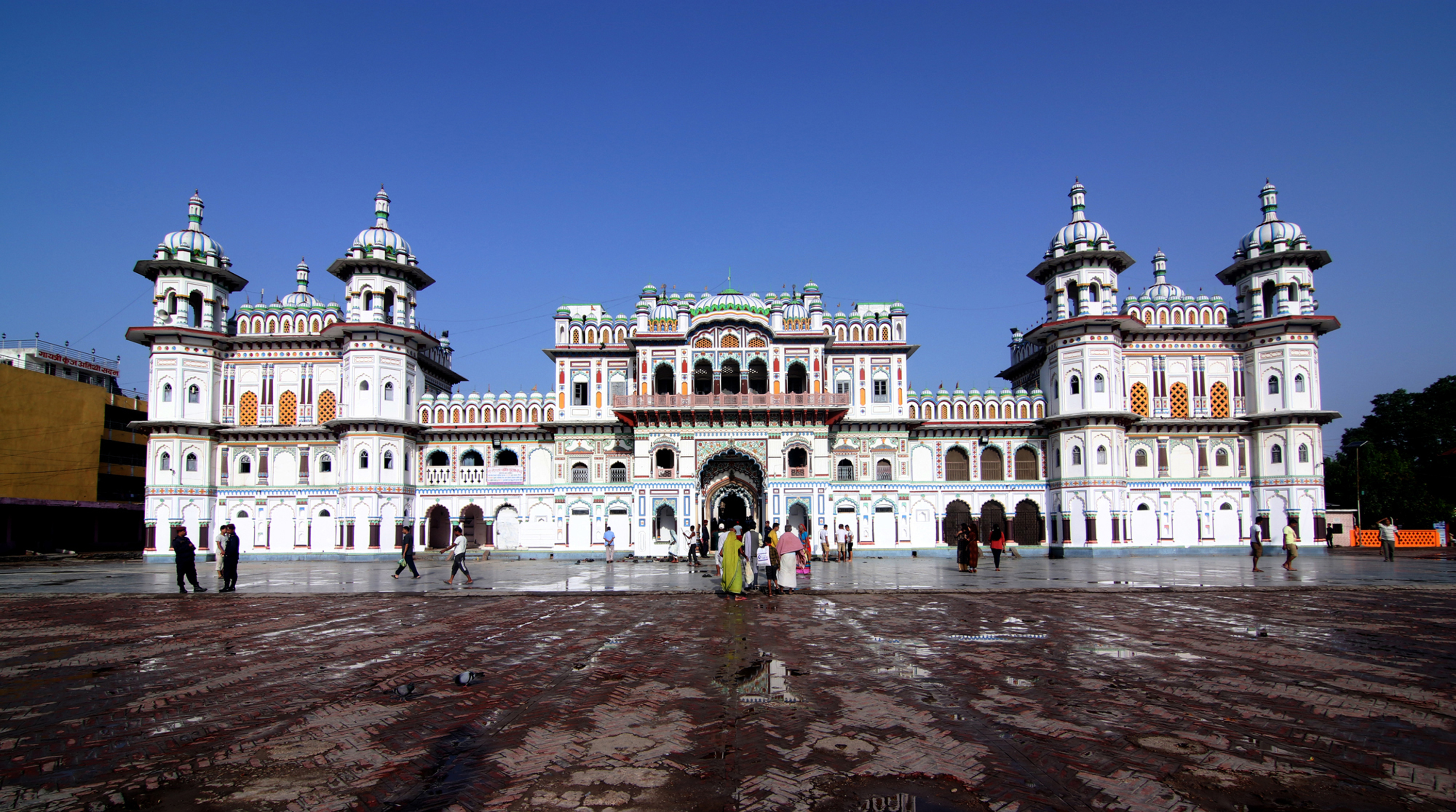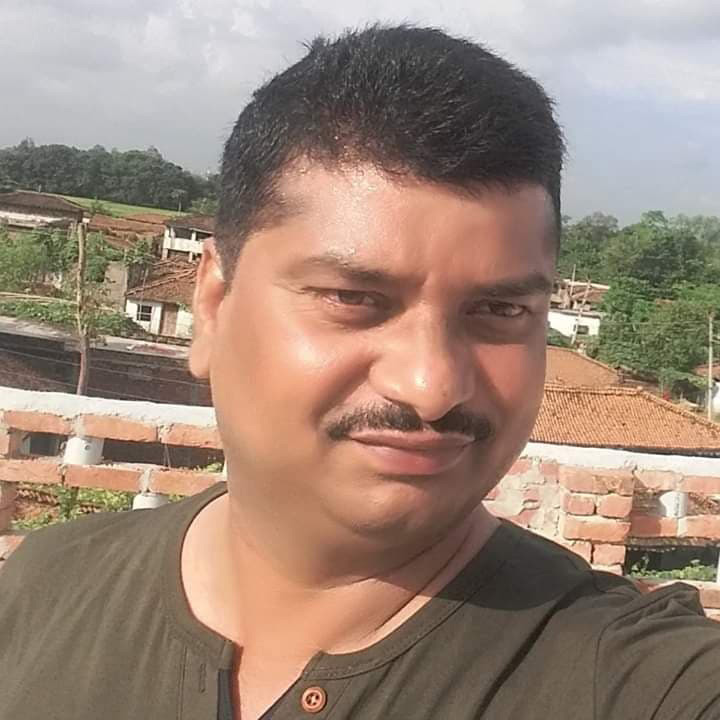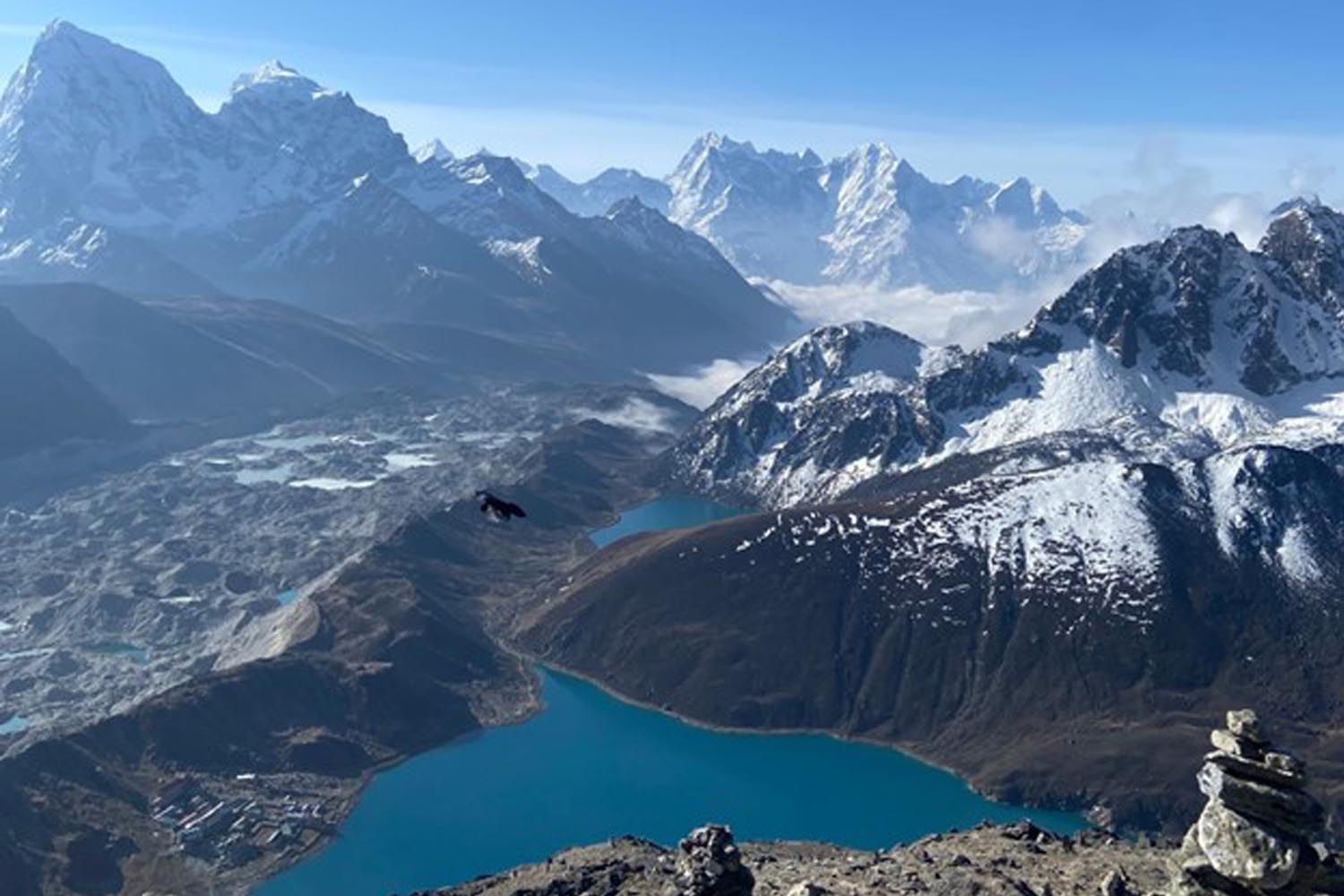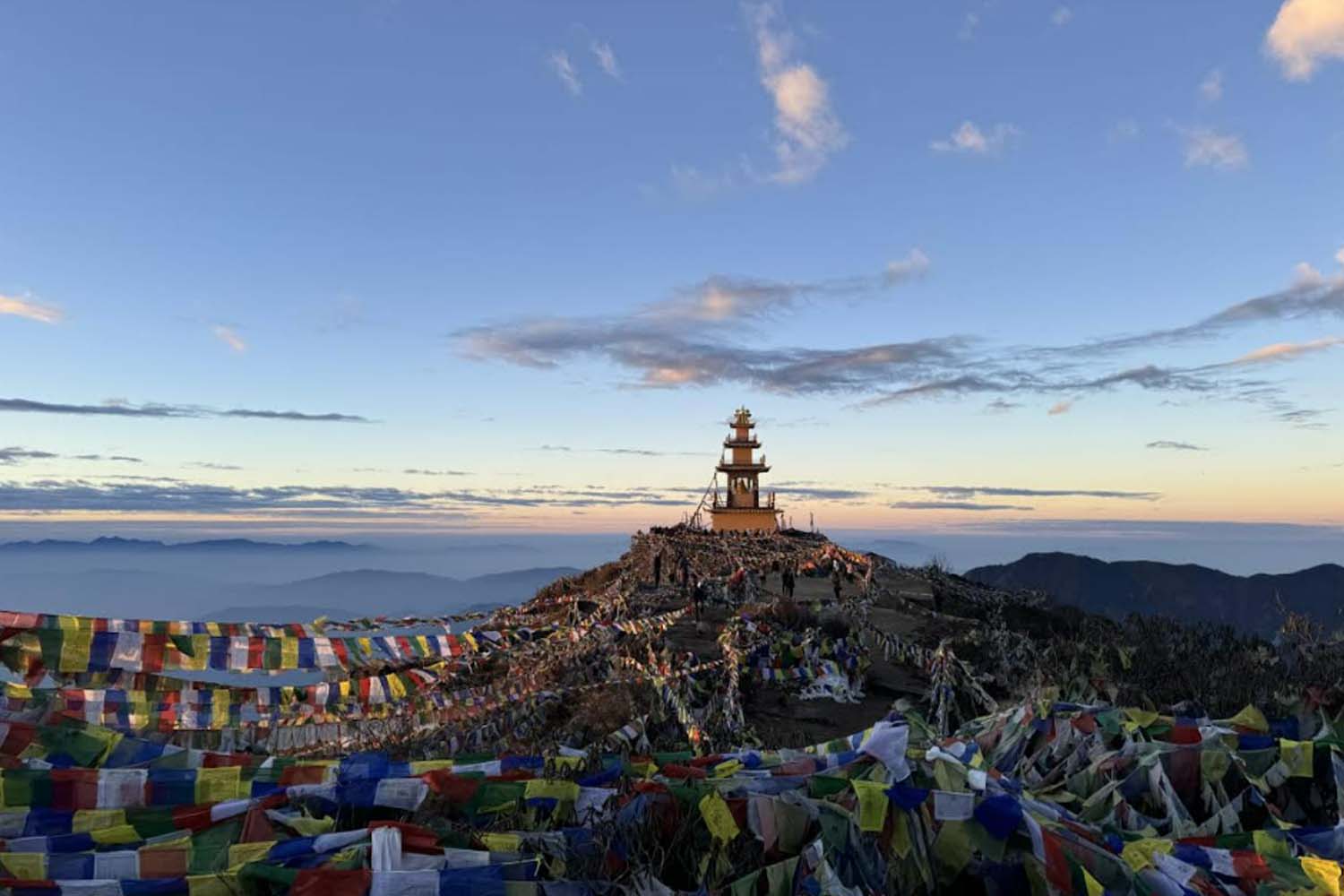Travel
Here’s what you can do when you are in Janakpur
Janaki temple—one of the most revered temples for Hindus—is the jewel in Janakpur’s crown.
Ajit Tiwari
Janakpur is home to more than 70 Hindu temples, the most important of them being the majestic, towering edifice of Janaki Mandir, a rare model of Koiri architecture.
The city is one of the most revered places for Hindu pilgrimage, perhaps coming second only to Kathmandu which houses Pashupatinath. But Janakpur is not just about temples and monuments. The city in the country’s core Tarai boasts a rich cultural history, noted since ages for its arts, language and literature. Janakpur is the heartland of the Mithila civilisation, a melting pot of diverse cultures, religions and of opportunities.
Janakpur, as mentioned in the famous Hindu epic Ramayana, was the headquarters of King Janak and the birthplace of his daughter, Goddess Sita, who was married to Lord Ramchandra of Ayodhya, India.
The magnificent temple was constructed taking inspiration from the Mughal and Koiri style of architecture by Vrish Bhanu, the queen of Tikamgarh in India, in 1910. The Janaki temple is also called Naulakha Mandir (a temple of nine lakhs), named after the total cost of its construction.
A huge number of Hindu devotees, from Nepal, India and across the world, visit the temple to pay homage to Maryada Purush Ram (The Supreme Male) and Goddess Sita, believed to be the incarnations of Lord Bishnu and Laxmi, respectively. Though the pilgrims visit the temple round the year, it sees a huge number of devotees during major occasions for Hindus such as Ram Nawami, Basanta Panchami and Bibaha Panchami, the festivals devoted to the two deities.
For someone like Kattike Mahabhhadra of Odisha in India, who was recently in Janakpur with his family, a visit to Janakpur is quintessential. “No matter which Hindu temple you visit across the world, your pilgrimage will be incomplete without a trip to the holy Janaki Mandir,” Mahabhhadra said.
“For us, a trip to Janakpur is not just about praying and worshipping gods. It is also a cultural visit of sorts. We come here to reconnect with our family and relatives,” said Mahabhhadra, pointing to the fact that the people in Nepal’s plains share language and culture with those across the border. The tradition of tying the nuptial knot across the border has continued right from the days of Ram and Janaki (another name of goddess Sita), the ideal man and woman.
Ram Roshan Das, the Mahantha (priest) at Janaki Temple, said that Hindus from all over the world should visit the Ram-Janaki temple at least once in their life. Das has seen many pilgrims come and go over the decades, but the past couple of years have been the busiest, he said. “This is because of three primary reasons—political stability, a decline in the occurrence of protests and strikes, and increasing social goodwill,” he said. “Mostly it’s the Indian tourists whose number has spiked, owing perhaps to the high-profile visits in recent years.”

According to data by the Tourism Office in Janakpur, a total of 68,137 people visited Janakpur in the last fiscal year (2018/19). Among them, the office said, 67,171 were Indians.
But the figure might not be accurate, because it takes into account only the number of visitors who registered in hotels and lodges. “We collect data from those tourists who stay in hotels and lodges. A significant number of people visit Janakpur and return the same day,” said Subas Mandal, an official at the Tourism Office in Janakpur. The city boasts a total of 46 hotels and lodges, with a total capacity of 1,380 beds.
The flow of tourists has significantly increased in Janakpur for the past 10 years, with no signs of stopping. A decade ago, the tourists used to visit Janakpur only during major festivals like Bibaha Panchami, Ram Nawami, Janaki Nawami and Jhulonotsav but now Janakpur sees tourists all year round.
In 2005, Janaki Temple invited a wedding procession from Ayodhya, the birthplace of Ram and the setting of Ramayana, for the first time. The wedding procession rolled into Janakpur with much fanfare. It is to this momentous procession that Das owes the recent surge in the number of tourists to. “The wedding procession and various publicity activities that Nepal conducted in India at that time increased the number of Indian tourists,” said Das.
Aside from visiting the temples, including Ram Janaki Temple, while in Janakpur visitors also make it a point to stop by the many holy ponds. There are around 90 ponds, the popular ones being Ganga Sagar and Dhanush Sagar located in the vicinity of Janakpur. Some of the devotees take holy bath in the ponds before they pay homage in the temples.
Janakpur is in the heartland of Madhes. It is 25 km south from Dhalkebar along the East-West Highway. The nearest Nepal-India border point, Jatahi, is around 14 km south from Janakpur. The historic place is well connected with road network even with India. There are four Kathmandu-Janakpur flights every day.
.jpg)
The construction of 35 kilometres long Jainagar-Janakpur-Kurtha broad-gauge railway is complete but the rail service is yet to resume. The final test operation was conducted successfully a few months ago. Authorities said the rail service will be initiated soon. It is expected that the rail service will enhance the number of tourists, mainly Indians, in Janakpur.
Das argues that the concerned authorities should develop Janakpurdham inside the ring-road as a spiritual city, where liquor and meat are banned. “There should be a spiritual town inside the ring-road and modern Janakpur town outside it,” said Das. “It will certainly help to enhance tourists’ number in many folds.”
Further, if one is interested—to observe, learn and research—in Mithila painting, Janakpur is the right place to visit. The wall painting in Janakpur Railway Station, Rangabhumi Maidan and Ram-Janaki Bibaha Mandap are great pieces of artworks.
Kuwaram-based Women Development Centre commercially produces Mithila painting. Satish Sah, manager at the centre, said paintings of around Rs 1.5 million are exported to the USA yearly. According to Sah, Turkish Airlines ordered Mithila painting to place in its ticket counters across the world.
Sunaina Thakur has opened a gallery of Mithila painting near Janaki Temple. One can visit the gallery, buy and order Mithila paintings.
Food is an integral part of one’s travel, so when in Janakpur, enjoy typical Mithila food that comprises rice, lentil soup, vegetable curry, taruwa, tirauli, phulauri, fish curry and curd. However, such a meal is not readily available in hotels in the town. One has to place prior order for the meal.
TOP TIPS
Getting there
A 30-minute flight from Kathmandu will take you to Janakpur. Or, you can catch a bus for a six-hour ride along the BP Highway.
Where to stay
There are many hotels in Janakpur including Hotel Sita Sharan and Hotel Welcome.
What to eat
Mithila cuisine—rice, lentil soup, vegetable curry, taruwa, tirauli, phulauri, fish curry and curd.
Detours
Jaleshwardham about 15-km south of Janakpur city and Dhanusadham about 18-km from Janakpur city.
Budget
Rs 4,500 per person including food and accommodation for a one-night stay and temple visits during the day.




 12.12°C Kathmandu
12.12°C Kathmandu





